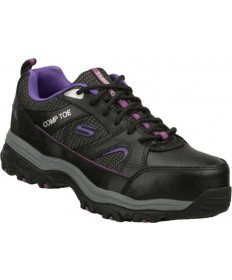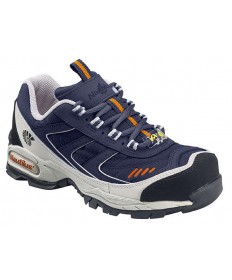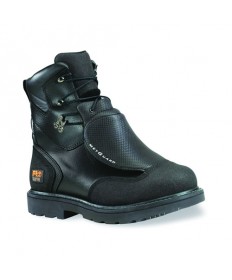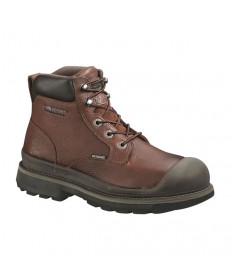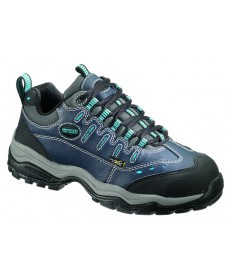There seems to be a lot of confusion with the difference between dielectric boots (DI) and Electrical Hazard boots.
Dielectric is a rubber boot. According to the ASTM standard for Dielectric Footwear, these boots had to be rubber—either overshoe or overfoot type. Most all of these are overshoe type and there seems to be some confusion about whether or not there is a overfoot type of dielectric boot. The thing is the old standard, which was the ASTM F1117-03, was removed from the ASTM standards in 2011, so now there is just the regular safety-toe Electrical Hazard (EH) standard, which is F2413-08.
You will see dielectric rubber boots that say they meet the ASTM F2413-08 standard in the specs, which makes it confusing.
So here’s a little help with this. If someone asks for Dielectric, tell them that to be Dielectric, the boots must be rubber. There is no Dielectric standard anymore, but if they need the extra “Dielectric” protection, then they would need to get an overshoe type Dielectric Rubber Boot and wear their Electrical Hazard safety boots with the Dielectric Rubber Boots, which will be a soft-toe, over-the-shoe type boot, like galoshes. But they will need to get a “Dielectric Boot”, which is still made.
Google “Dielectric Boots” and you’ll get a sense of what is available.
Electrical Hazard Boots, of course, meet the same standard now as the Dielectric boots, but in fact the Dielectric Boots are extra protection.
Electrical Hazard boots and Dielectric boots meet the same standard, but the Dielectric are better.
The test runs like this. Both boots are subjected to a wet, EH test, in which the boot is subjected to 18,000 volts of electricity at 60Hz for 1 minute. The Boots pass if they have less than 1 milli-ampere leakage. (That is not much, but the leather boot is much more likely to leak water than the rubber boot; and that water leak is what would cause a failure or electrocution.) The Rubber Boot isn’t going to leak water and therefore the rubber boot, inherently is safer because it is much more waterproof than the leather boot would be.
So in summary, if someone asks for Dielectric, they are asking for a rubber boot (more than likely, a rubber over-boot); if they want a leather boot, then that is electrical hazard. There are no leather, dielectric boots!
One last thing, Electrical Hazard, safety-toe boots are not meant as primary Electrical Hazard protection against Electrical Hazard Shock. The ASTM F2314 standard says EH safety-toe boots are meant as a secondary form of protection, and other additional measures should be taken to protect the employee/customer from Electrical Hazards. The test means that in the event of an accidental contact with an live electrical source, the boots are meant to protect an employee from a source of 600 volts or less.

